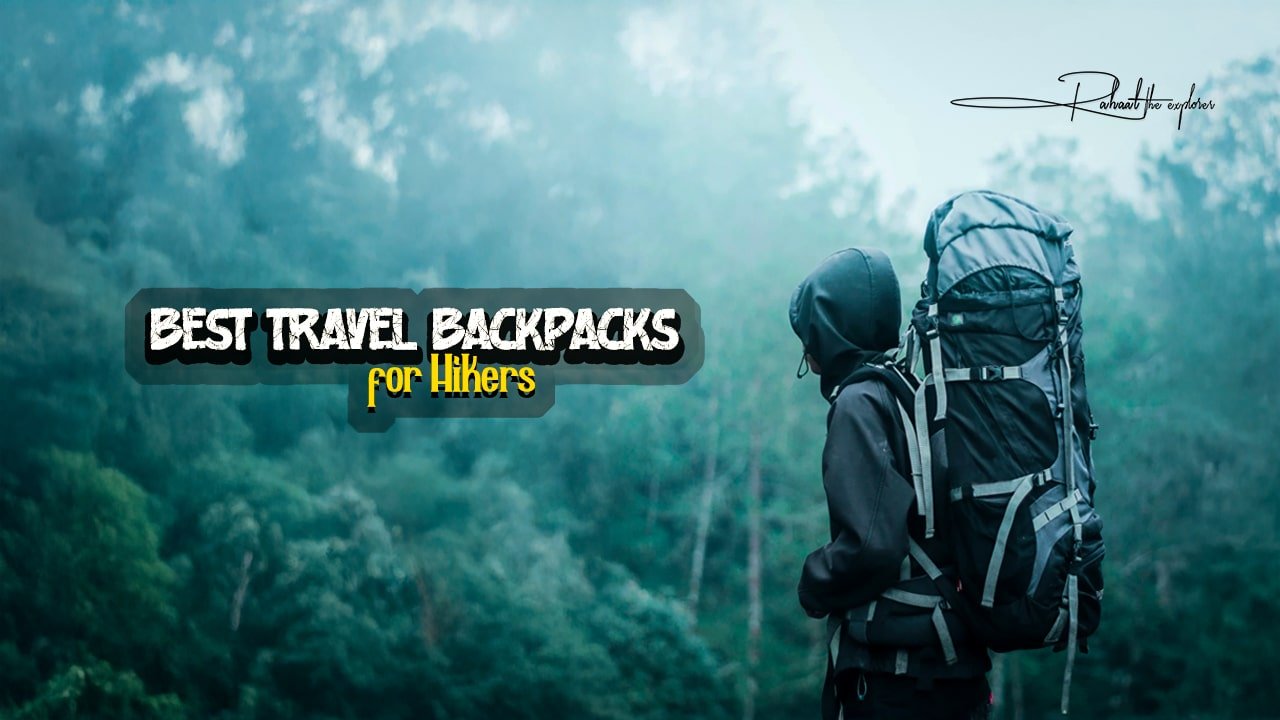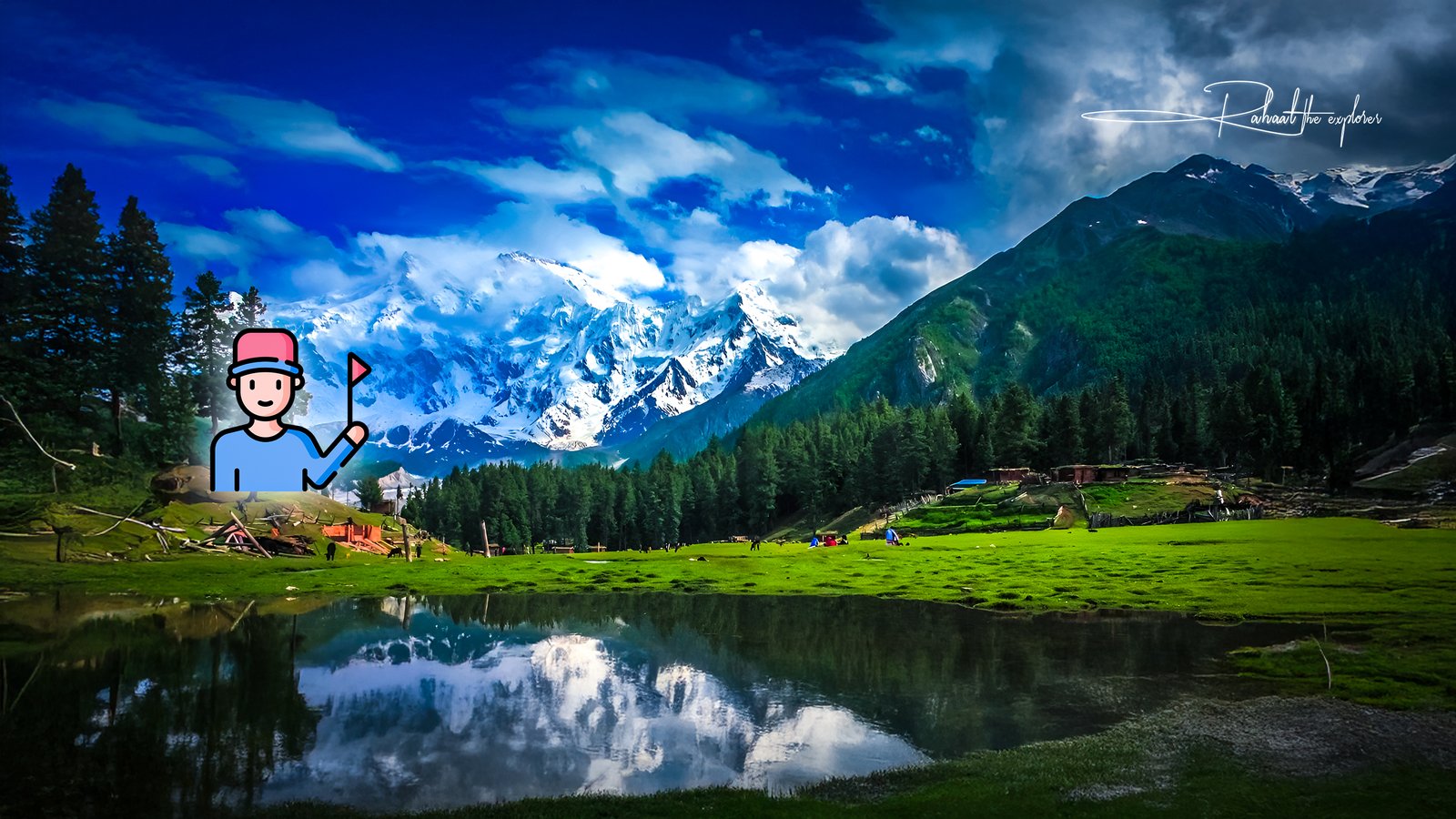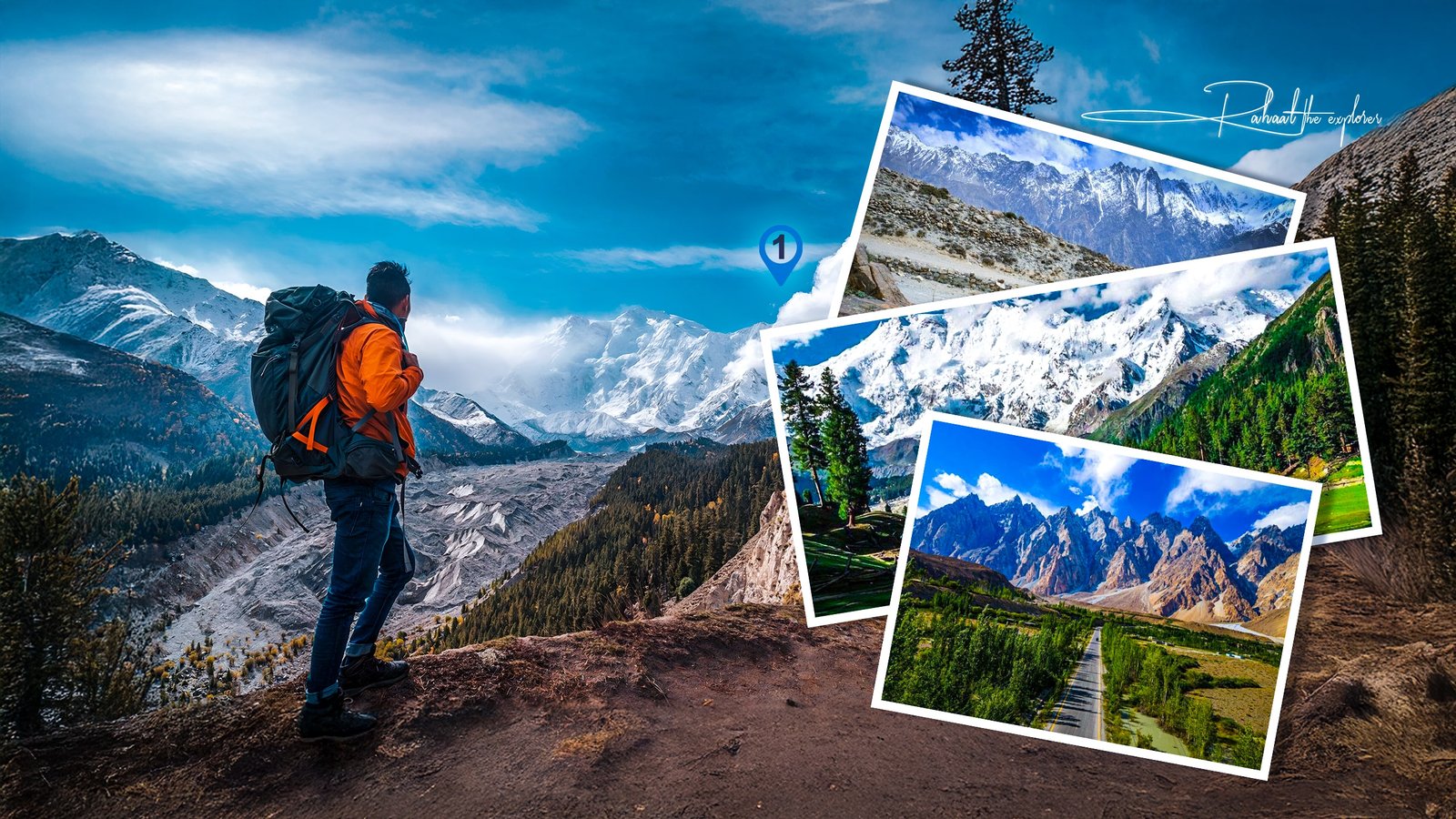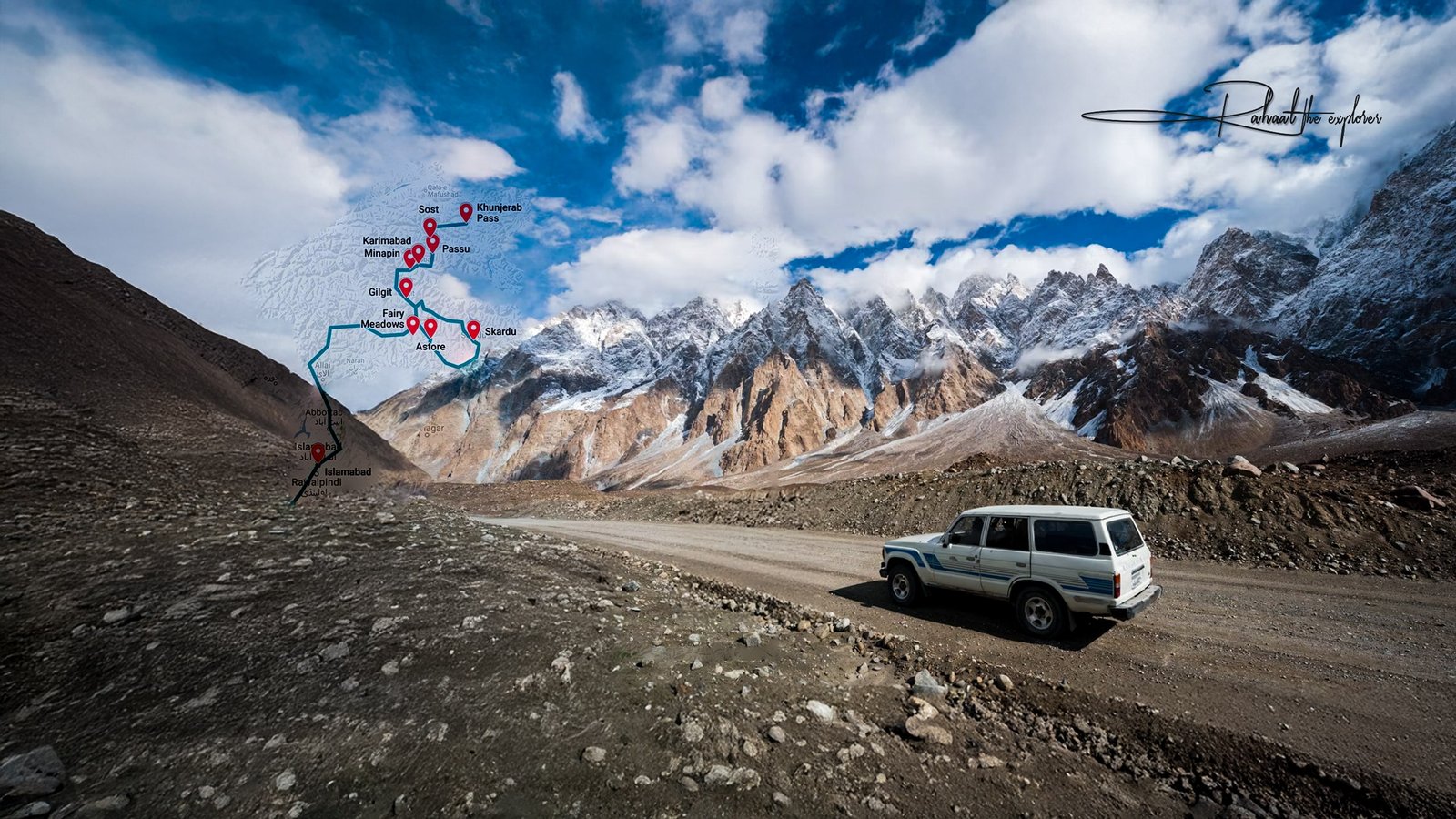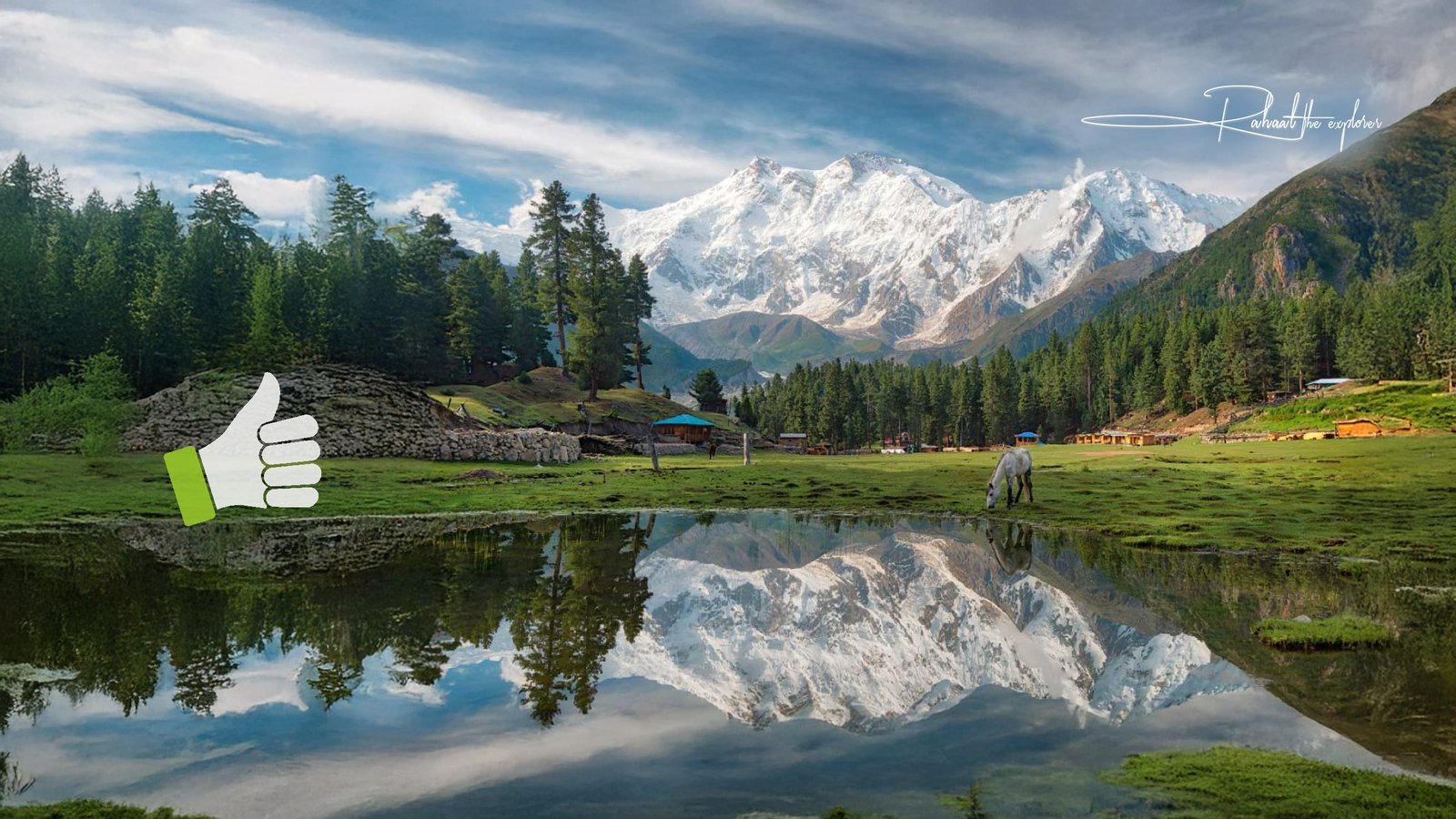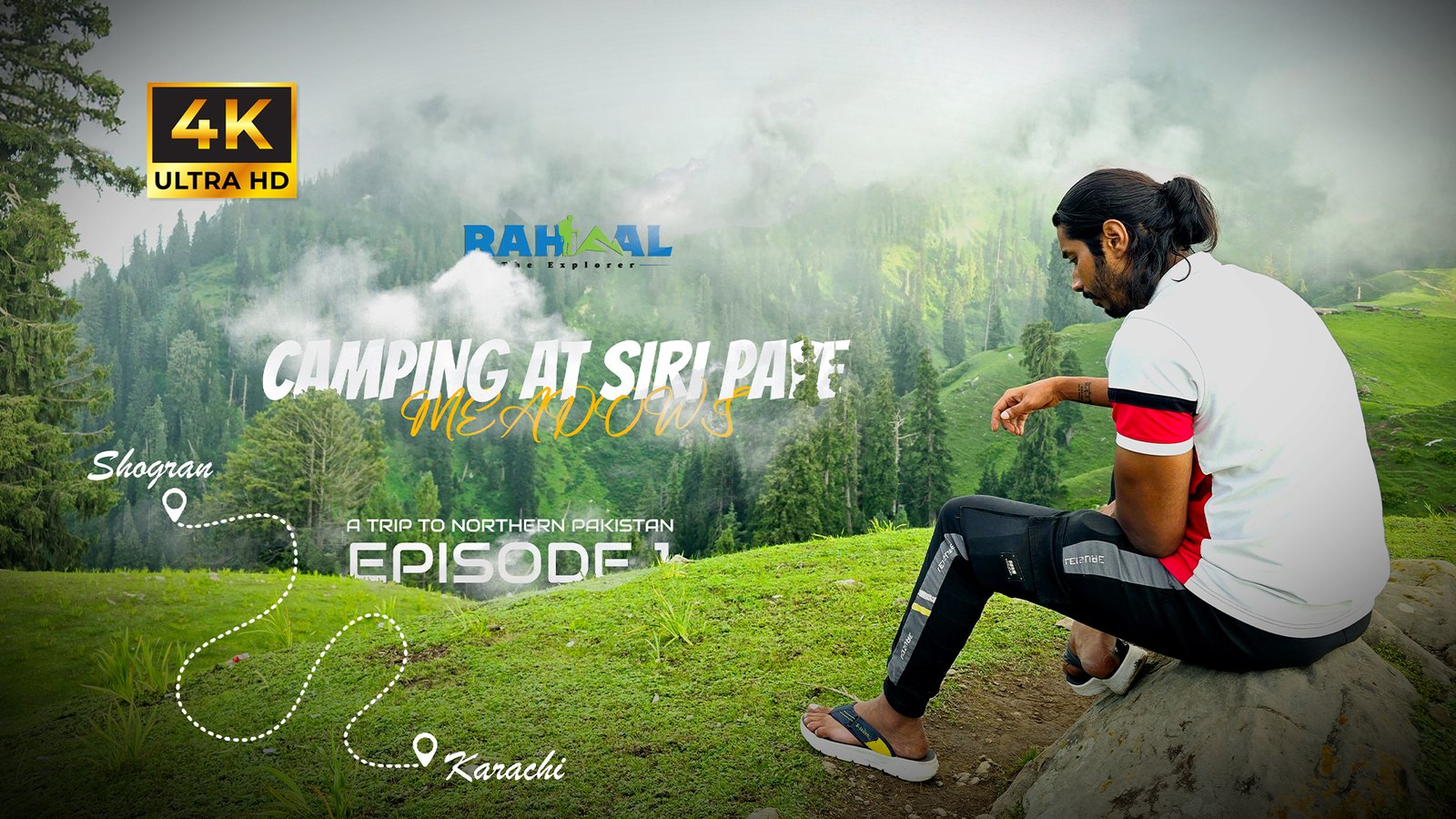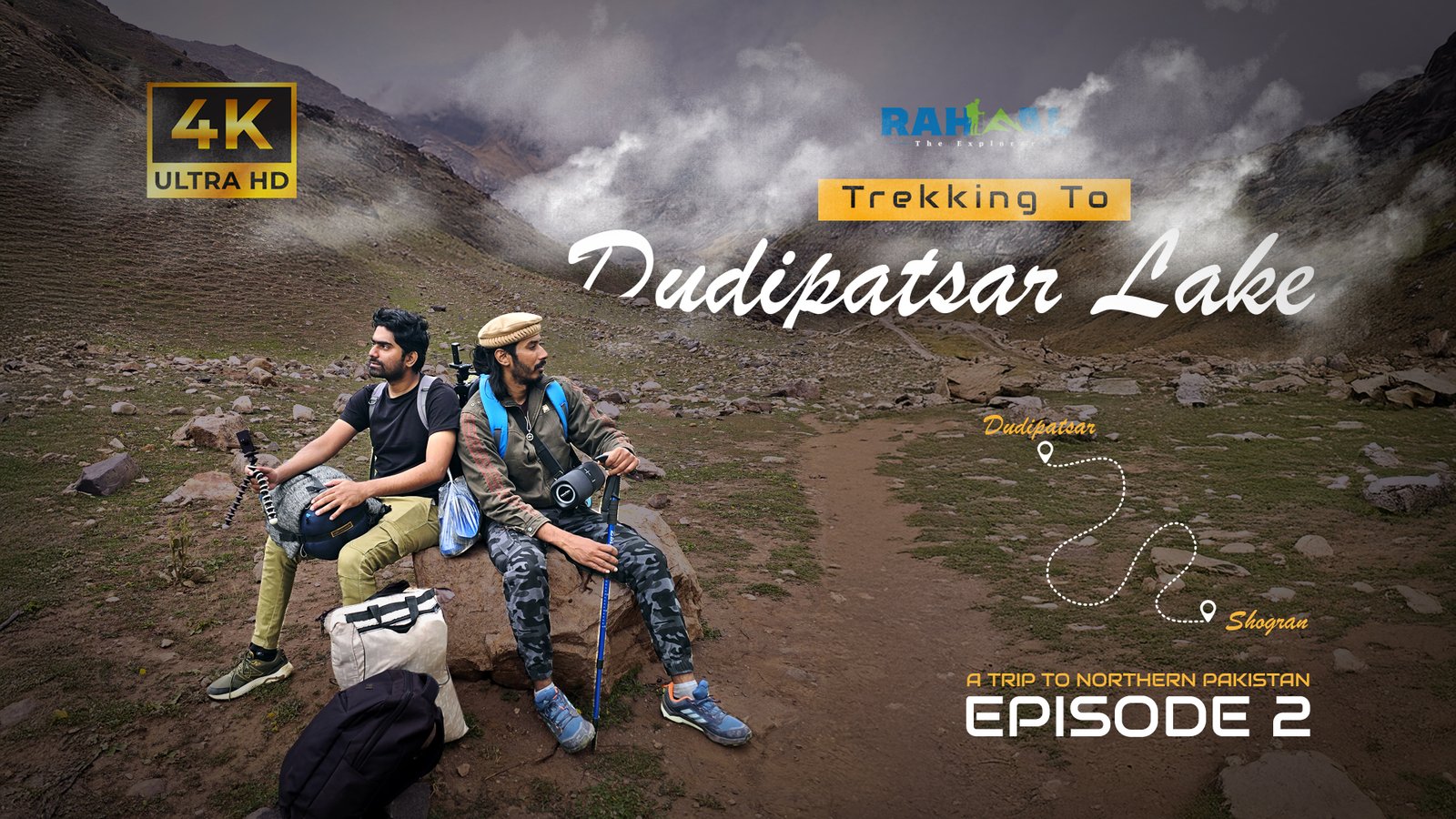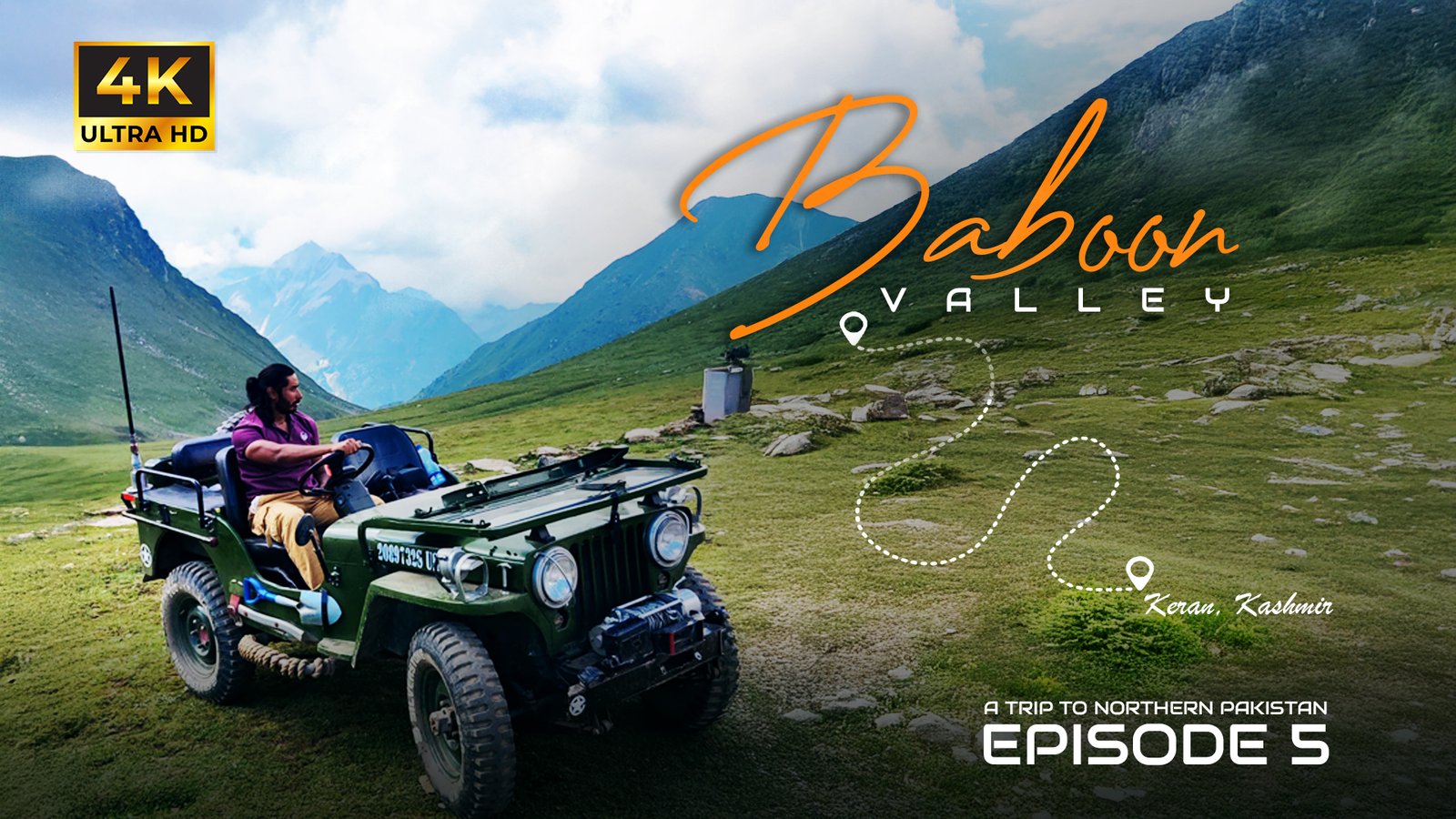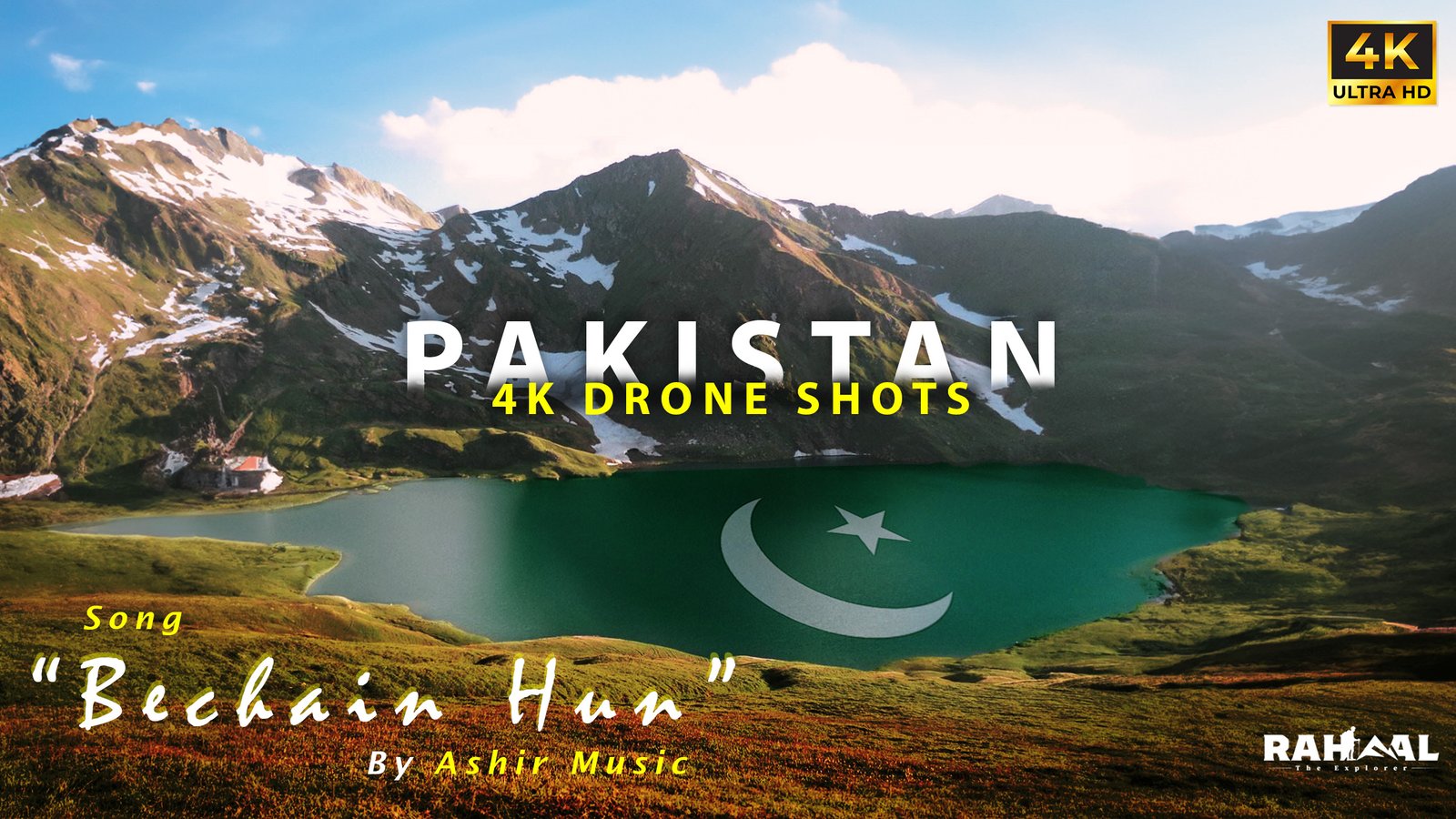Introduction
Every great hiking adventure begins with the right backpack. Whether you're trekking up mountain trails, exploring dense forests, or embarking on a week-long journey through national parks, your backpack is more than a storage solution — it’s your travel companion.
Choosing the best travel backpack can make or break your hiking experience. The ideal pack should be lightweight, comfortable, weather-resistant, and spacious enough to carry all your essentials. But with so many options available, how do you find the perfect one?
In this comprehensive guide, we’ll break down everything you need to know about choosing the best travel backpack for hikers, including features to look for, top brands in 2025, maintenance tips, and answers to common traveler questions.
Why Choosing the Right Travel Backpack Matters
Your travel backpack is the foundation of your outdoor journey. It carries your food, water, clothing, navigation tools, and gear — everything you rely on during your hike.
The wrong backpack can cause back pain, blisters, poor weight distribution, and overall fatigue. The right one, however, enhances comfort and mobility, allowing you to enjoy nature’s beauty without strain.
Key Benefits of Choosing the Right Backpack:
- Comfort and Fit: Proper support reduces pressure on your shoulders and back.
- Durability: Quality materials withstand harsh weather and rugged terrain.
- Organization: Smart compartments keep your gear accessible and secure.
- Versatility: Adaptable for hiking, travel, and camping alike.
- Safety: Waterproof coatings and lockable zippers protect your belongings.
Features to Look for in the Best Travel Backpack
Finding the best travel backpack depends on your needs, trip length, and environment. Here’s what to evaluate before buying.
1. Size and Capacity
Backpack size is measured in liters (L) and should align with your trip type:
- 20–30L: Day hikes or short overnight trips.
- 40–50L: Weekend adventures or light travel.
- 60–80L: Multi-day or long-distance hiking trips.
Pro tip: Don’t buy the biggest pack you can find — focus on efficient packing.
2. Fit and Comfort
Look for adjustable shoulder straps, hip belts, and sternum straps. Women-specific models are designed to fit shorter torsos and narrower shoulders, enhancing comfort.
Also, ensure the back panel is padded and ventilated to reduce sweating during long hikes.
3. Weight Distribution
A good backpack evenly distributes weight between your shoulders and hips.
An internal frame provides better stability for heavy loads, while frameless designs are lighter for short treks.
4. Material and Durability
Durability matters when hiking through rugged landscapes. Choose materials such as:
- Nylon Ripstop: Lightweight and tear-resistant.
- Cordura Fabric: Extra durable for long-term use.
- Waterproof Coating: Protects gear in unpredictable weather.
5. Accessibility and Organization
The best travel backpacks feature multiple compartments — top-loading, front zippers, and side pockets — to keep gear organized.
Compression straps help secure items and reduce bulk, while external loops are useful for carrying trekking poles or sleeping bags.
6. Weather Resistance
A weatherproof design ensures your gear stays dry. Some packs include built-in rain covers or water-resistant zippers for extra protection.
7. Additional Features
- Hydration compatibility: Space for a water reservoir or bottle holders.
- Ventilation channels: Keep your back cool.
- Lockable zippers: Enhance travel security.
- Removable daypacks: Perfect for side excursions.
Top 10 Best Travel Backpacks for Hikers in 2025
After analyzing comfort, features, durability, and user reviews, here are the top travel backpacks that hikers recommend this year.
1. Osprey Atmos AG 65
Best For: Long-distance and multi-day hikes
Capacity: 65L
Weight: 4.5 lbs
Why It Stands Out:
The Osprey Atmos AG 65 remains one of the most popular choices among serious hikers. It features an Anti-Gravity suspension system that evenly distributes weight and provides unmatched ventilation. The adjustable harness ensures a custom fit for all body types.
Pros: Exceptional comfort, durable materials, great airflow
Cons: Slightly expensive
2. Deuter Futura Vario 50+10
Best For: Versatile hiking and travel
Capacity: 60L (expandable)
Weight: 4.2 lbs
Highlights:
Deuter’s Aircomfort system maximizes ventilation, while the VariQuick back adjustment ensures a snug fit. The design includes numerous compartments for efficient organization.
Pros: Expandable design, ergonomic straps
Cons: Rain cover not fully waterproof
3. Gregory Baltoro 65
Best For: Heavy loads and long treks
Capacity: 65L
Weight: 5 lbs
This pack is built for rugged terrain. The Response A3 Suspension System adjusts naturally to your body’s movement, offering superior comfort and balance even on uneven trails.
Pros: Excellent load support, durable frame
Cons: Slightly heavy
4. REI Co-op Flash 55
Best For: Lightweight adventures
Capacity: 55L
Weight: 2.5 lbs
Features:
Ideal for ultralight hikers, the REI Flash 55 balances weight and comfort. Its modular design allows customization — you can remove pockets and straps to save weight.
Pros: Affordable, customizable
Cons: Minimal padding compared to bulkier packs
5. Kelty Coyote 65
Best For: Budget-friendly hikers
Capacity: 65L
Weight: 4.6 lbs
The Kelty Coyote 65 delivers performance at an affordable price. With an adjustable torso length and multiple storage options, it’s a great all-rounder for beginner hikers.
Pros: Affordable, comfortable fit
Cons: Bulkier than ultralight models
6. Arc’teryx Bora AR 63
Best For: Extreme conditions
Capacity: 63L
Weight: 4.9 lbs
Built for demanding adventures, the Bora AR 63 uses advanced materials like RotoGlide suspension that moves with your body. Its weatherproof AC² fabric ensures your gear stays dry even in rain or snow.
Pros: High-end build quality, waterproof design
Cons: Premium price point
7. Patagonia Black Hole 55
Best For: Versatile outdoor and urban use
Capacity: 55L
Weight: 3.3 lbs
Known for its eco-friendly materials, the Patagonia Black Hole is made from 100% recycled polyester. It’s weather-resistant, stylish, and doubles as both a hiking and travel pack.
Pros: Eco-friendly, durable, lightweight
Cons: Limited internal frame support
8. The North Face Terra 65
Best For: Comfort and organization
Capacity: 65L
Weight: 4.4 lbs
The Terra 65’s OptiFit suspension system and adjustable harness provide a comfortable fit. It offers easy access compartments and great stability for long trails.
Pros: Great organization, sturdy construction
Cons: Slightly heavier than some competitors
9. Lowe Alpine AirZone Trek+ 45:55
Best For: Warm weather hikes
Capacity: 55L
Weight: 3.9 lbs
Featuring an AirZone suspension for superior airflow, this backpack is ideal for hikers in warmer climates. The Torso Fit Pro system ensures it fits comfortably regardless of your body shape.
Pros: Excellent ventilation, lightweight
Cons: Limited external gear loops
10. Thule Capstone 50
Best For: Day-to-weekend hikes
Capacity: 50L
Weight: 3.7 lbs
Thule’s Capstone 50 combines sleek Scandinavian design with practicality. It has a tensioned mesh back panel, rain cover, and multiple access points for gear organization.
Pros: Stylish, comfortable, durable
Cons: Slightly smaller for extended trips
How to Choose the Right Backpack for You
When comparing the best travel backpacks, think beyond brand names and focus on your unique needs.
- Trip Duration: Short hikes need compact packs; long treks require larger capacity.
- Climate: If hiking in wet regions, prioritize waterproof materials.
- Body Type: A proper torso measurement ensures comfort and weight balance.
- Activity Type: Are you hiking, camping, or backpacking internationally? Choose accordingly.
- Budget: Quality packs range from $100 to $400 — higher-end options often last for years.
How to Maintain and Clean Your Travel Backpack
Proper maintenance extends the lifespan of your backpack and keeps it in top condition.
Cleaning Tips:
- Empty all pockets and shake out debris.
- Hand wash using mild soap and lukewarm water.
- Avoid harsh detergents or machine washing.
- Hang dry in a well-ventilated area.
Maintenance Tips:
- Store in a dry place to prevent mold.
- Reapply water-resistant coating annually.
- Inspect zippers and buckles before each trip.
- Avoid overpacking to maintain frame integrity.
Safety and Packing Tips for Hikers
- Pack heavier items near your back for balance.
- Keep essentials (maps, snacks, first-aid) in top or front pockets.
- Distribute weight evenly across shoulders and hips.
- Always carry extra water and a rain cover.
Efficient packing minimizes strain and helps you move freely through trails and steep climbs.
Sustainable Backpack Choices
Eco-conscious travelers can opt for brands using recycled materials and ethical manufacturing. Patagonia, Osprey, and REI have taken steps toward sustainability by introducing packs made from post-consumer plastics and bluesign-approved fabrics.
Supporting these brands helps reduce environmental impact while ensuring quality performance.
Frequently Asked Questions (FAQs)
1. What is the best travel backpack for hiking in 2025?
The Osprey Atmos AG 65 remains the top-rated choice for 2025 due to its comfort, durability, and ergonomic design suitable for long-distance hikes.
2. How do I choose the right size backpack?
Determine based on trip duration and packing style. For weekend trips, 40–50L works well; for multi-day hikes, aim for 60–80L.
3. Should I choose a waterproof backpack?
Yes. A waterproof or water-resistant backpack is crucial for protecting gear during rain or snow. Many packs also include built-in rain covers.
4. How heavy should a hiking backpack be?
Ideally, your loaded pack should not exceed 20–25% of your body weight for comfort and safety.
5. What’s the difference between travel and hiking backpacks?
Travel backpacks prioritize easy access and urban functionality, while hiking backpacks focus on load distribution, ventilation, and weather resistance.
6. Can I use a hiking backpack for air travel?
Absolutely. Many 40–50L backpacks meet airline carry-on requirements. Look for packs with stowable straps and lockable zippers.
7. What’s the most durable material for backpacks?
High-denier nylon and Cordura fabric offer superior resistance to tears, moisture, and abrasions.
8. How do I clean my backpack after a trip?
Use mild soap and water, avoid bleach, and air dry. Do not machine wash or tumble dry.
9. Are there gender-specific travel backpacks?
Yes. Many brands design women-specific models with shorter torso lengths and narrower shoulder straps for better comfort and fit.
10. What’s the average price of a high-quality travel backpack?
Expect to pay between $150 and $350 for a premium backpack with advanced suspension systems and durable materials.
Conclusion
A great hiking experience starts with preparation — and the foundation of that preparation is your backpack. The best travel backpack not only stores your essentials but supports your journey, balancing comfort, functionality, and endurance.
Whether you’re scaling mountain peaks or exploring forest trails, choosing the right backpack ensures that your adventure is defined by discovery, not discomfort.
As you plan your next expedition, invest in a backpack that matches your ambitions — one built to withstand nature’s challenges and accompany you across countless miles of unforgettable trails.


